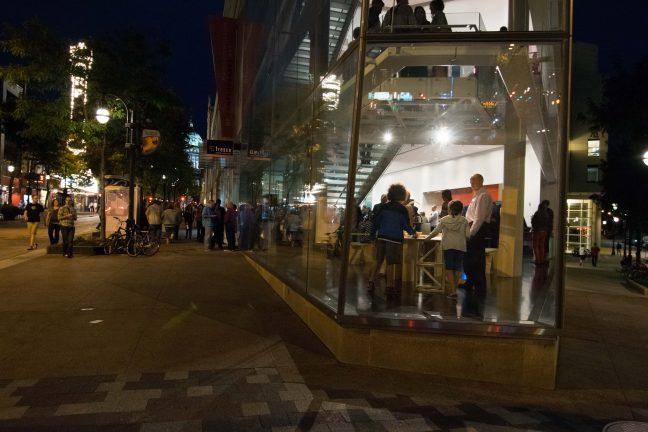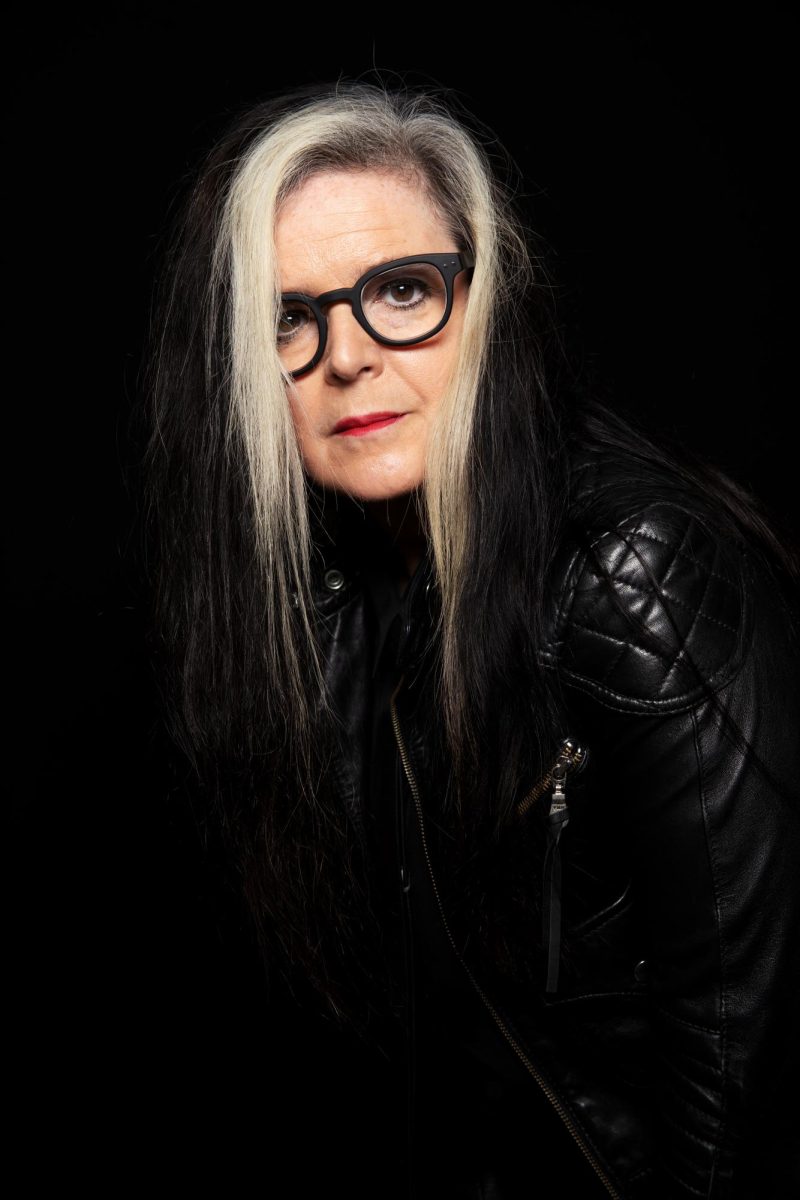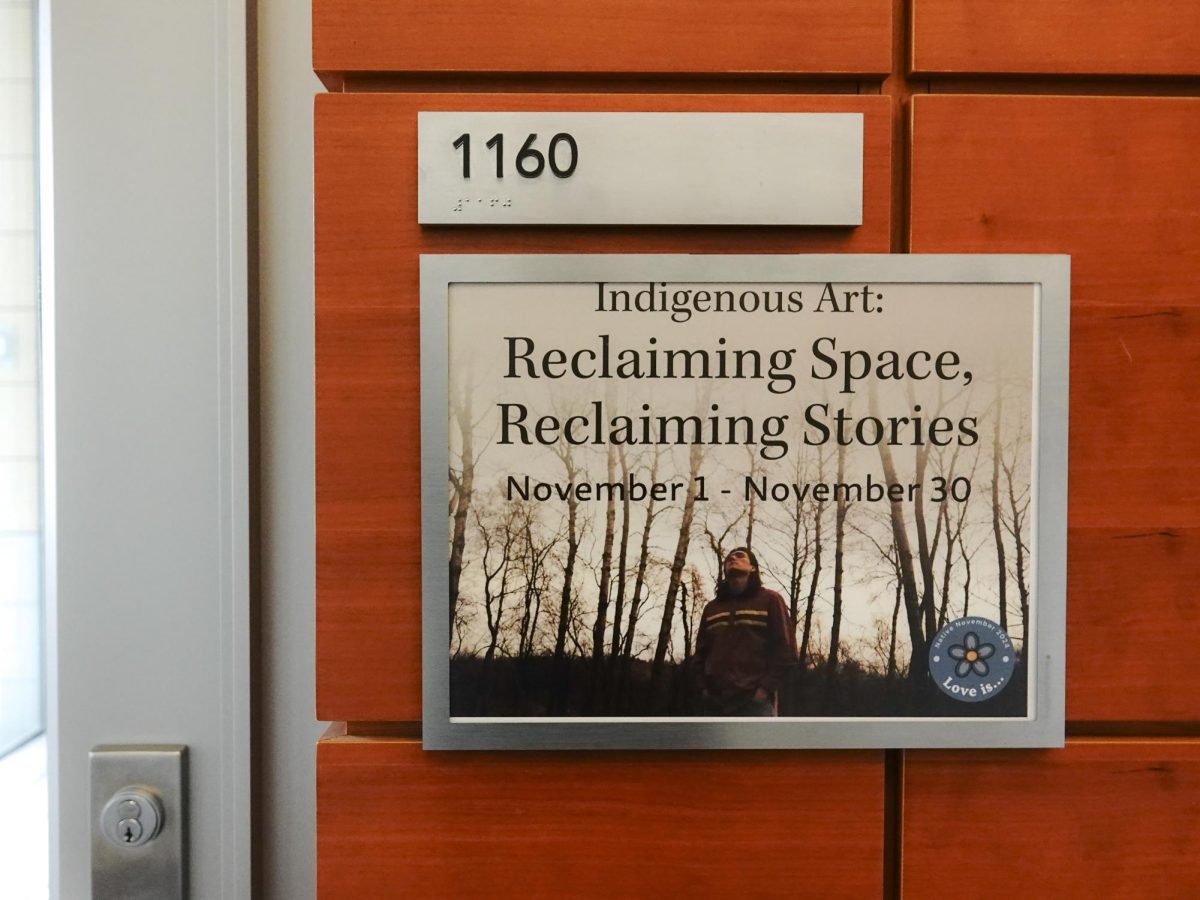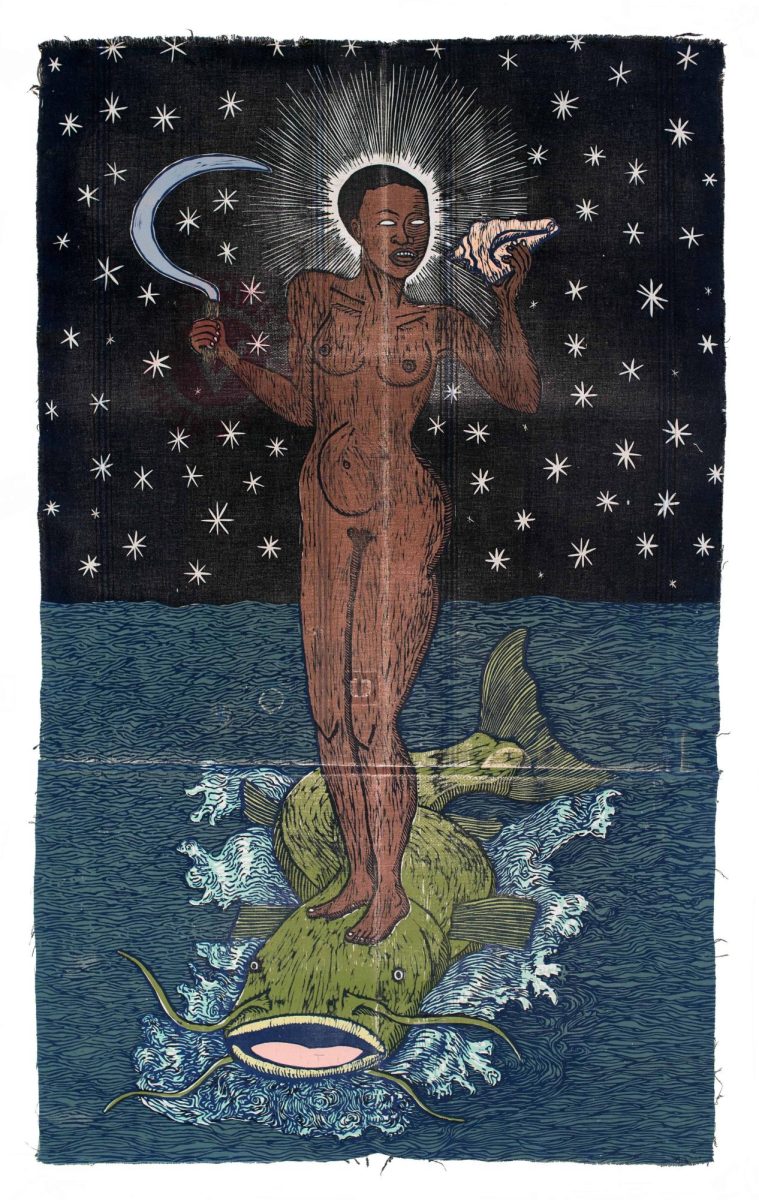The Wisconsin Triennial, occurring only once every three years, is a well-known platform for statewide contemporary and modern artists to display their recent works.
MMoCA, or the Madison Museum of Contemporary Art, has a history of focusing primarily on modern and contemporary art styles, which is why the museum is able to consistently explore new styles and include emerging artists.
“It gives us an opportunity to be very dynamic,”MMoCa spokesperson Erika Monroe-Kane said.
Not just any works, however, are included in this event. From over 600 applications, the curators carefully narrowed down and reviewed their choices about four or five times — until 34 artists and three collaborations remained.
MMoCA’s artist and work choices relied on their desire to include diverse representation in subject matter, mediums used and personal identities of the artists. By including artists of many different viewpoints and styles, MMoCA aspires to represent Wisconsin culture in 2016.
“It’s a scope of what’s going on in the state,” Monroe-Kane said.
Through the 2016 Wisconsin Triennial, there emerged three prominent themes the artists loosely followed — interest in the environment, exploration of identity and self and the element of play.
One notable artist whose work will be displayed is Amy Fichter, whose delicate photography of bird specimens gives a quite poignant and poetic statement about extinction.
Daniel O’Neil, painter and magic realist, explores the subject of self through a self-portrait where he paints himself wearing a casual sweater, warm over-vest and a neon orange winter hat. Not only does O’Neil show distinct style and individuality in the portrait, but he also manages to represent the face of the Wisconsin identity through familiarity in the image.
Michael Kautzer’s piece, “The Blue Little Red Barn,” is a playful, relatable piece art-appreciators and Wisconsinites alike won’t want to miss. His large wooden barn sculpture hopes to take onlookers back to a simpler time through his use of vibrant primary colors and a welcoming, communal depiction of the Wisconsin narrative.
No words, however, can describe the overall flow and creativity displayed in the exhibition itself. These descriptions are but a snapshot of what this exhibition has to offer.
Excluding certain special events, a majority of MMoCA’s exhibitions are free for public admission, “connecting [the public] with the transformative nature of art.”
“We really want to open our doors and provide as much access to modern and contemporary art,” Monroe-Kane said. “We have this treasure we want to share with the community.”
Following the event’s opening reception Sept. 23, the 2016 Wisconsin Triennial is now on view in nearly all parts of the museum, excluding the Henry Street Gallery. The exhibition is taking place in the museum’s lobby, the State Street Gallery, Imprint Gallery, the rooftop Sculpture Garden and all other main galleries in the museum until Jan. 8.














